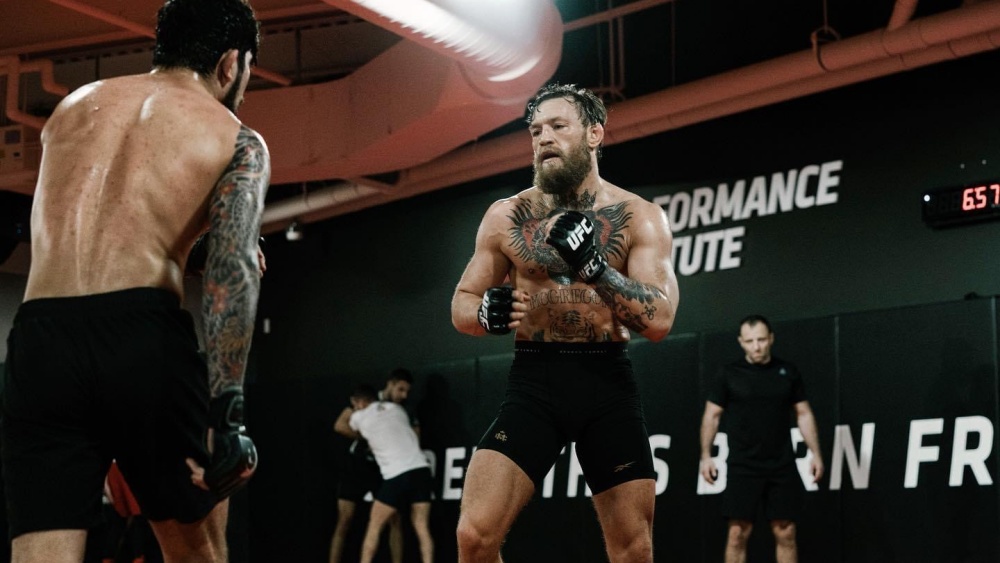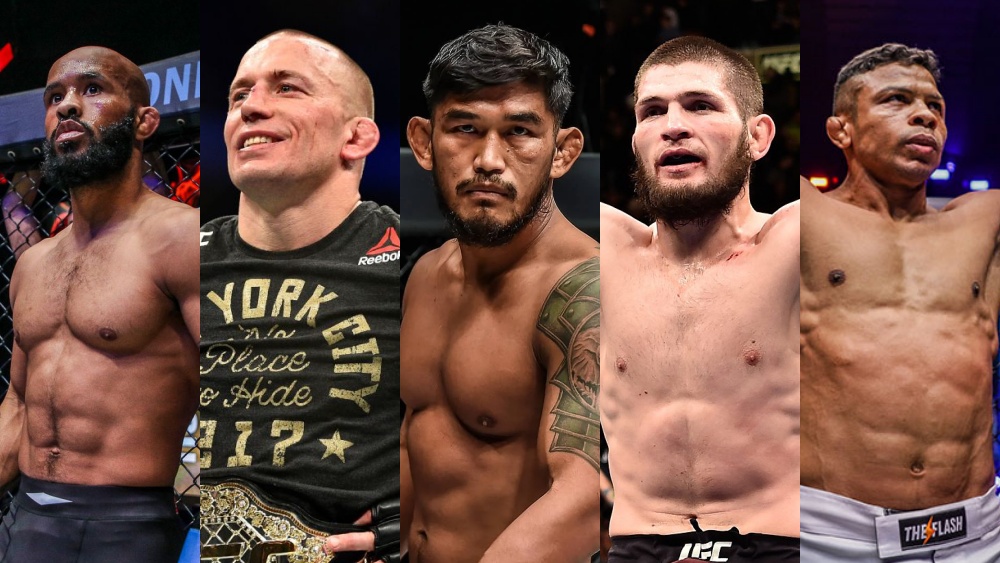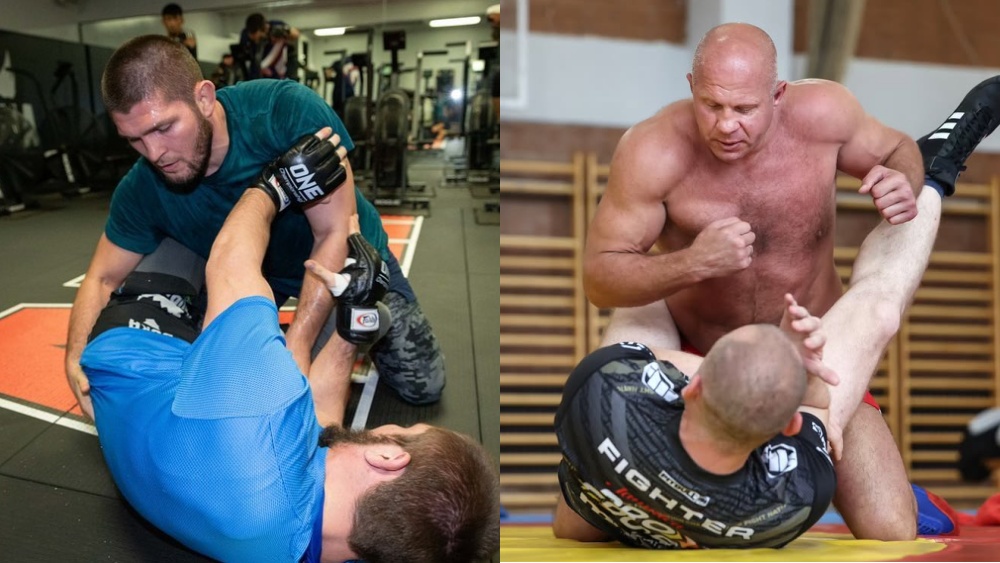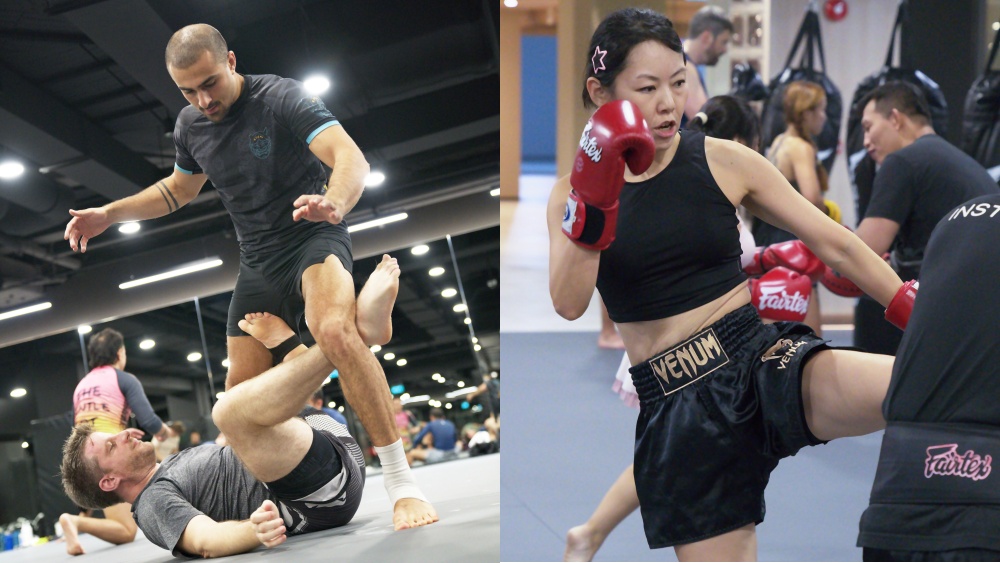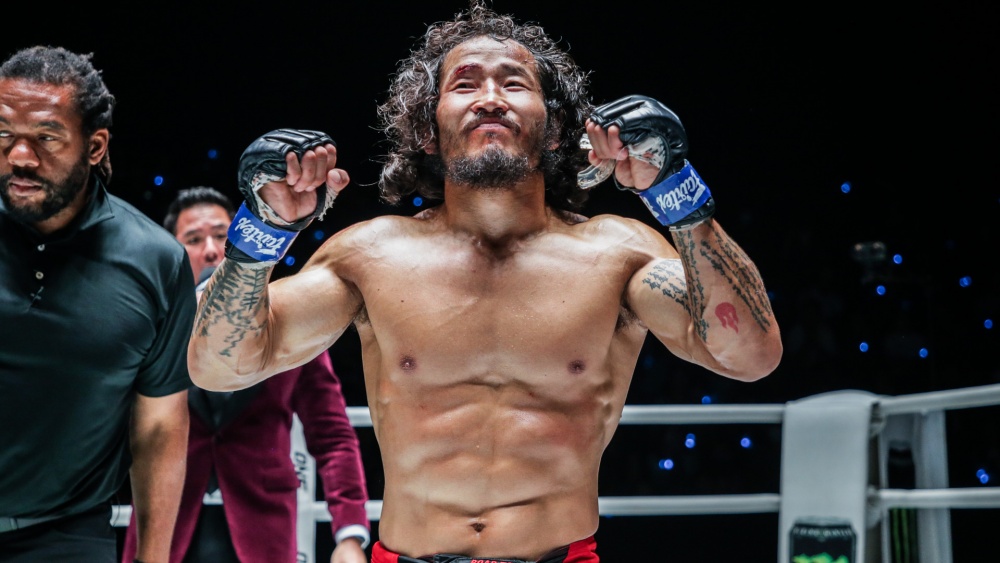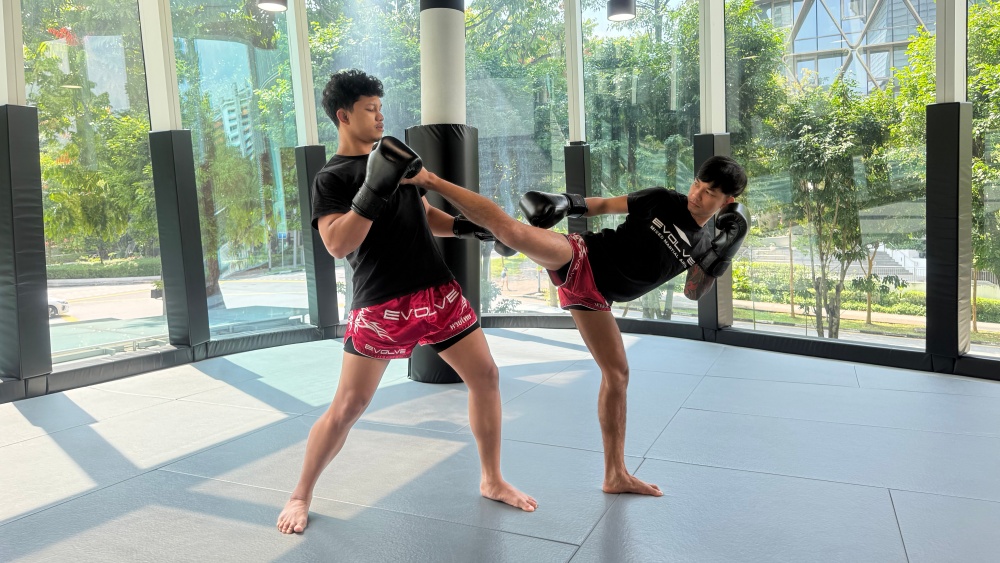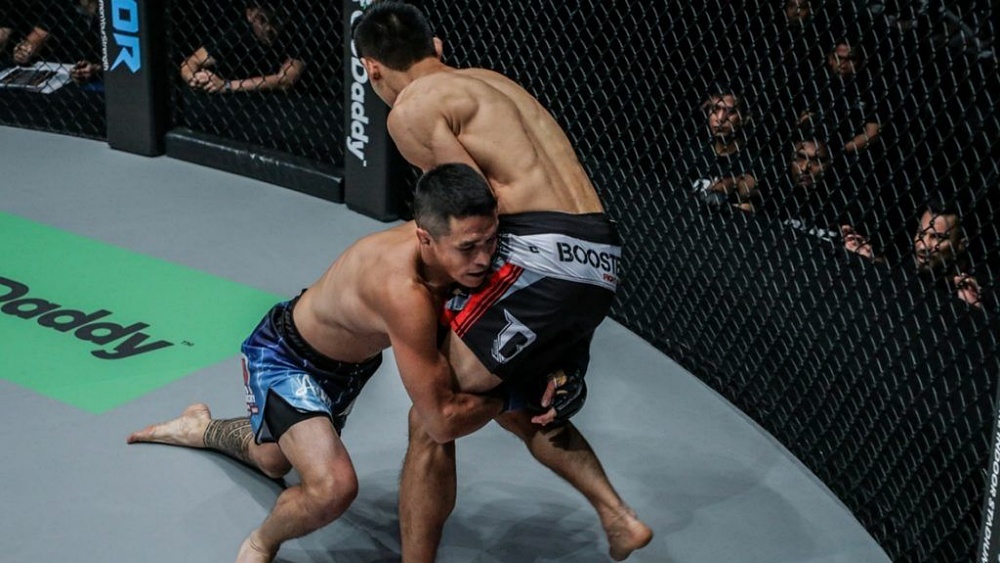In 2013, a kid from Dublin grabbed mixed martial arts by the throat and dragged it into the mainstream.
That kid was Conor McGregor, and his impact will long be felt by MMA promotions the world over. Although he made his impact in the UFC, fighters from other major promotions to regional shows across the planet continue to dream of making a similar impact on the game. Naturally, a lot of what made the Dubliner such a roaring hit was his personality. But it’s undeniable that the incredible ability he showed in the early days of his career was integral to his success.
Join us as we break down the style of “The Notorious” Conor McGregor.
The Stance
When he arrived on the world scene, Conor McGregor’s style made him an immediate needle mover.
But beyond the silver tongue and custom-made suits was a very interesting posture inside the cage. Although far from trailblazing, the Irishman’s karate stance was not the norm, especially for a fighter that prioritized his boxing skills over anything else. But the effectiveness of his wide slant and his lethal left hand made “The Notorious” one of the flashiest strikers in the game.
Although highly sophisticated in its application, the science behind McGregor’s movement was simple. By adopting a wide stance, he was free to fluidly bounce in and out of range. At featherweight, McGregor’s 74″ reach gave him an advantage as wide as the gap between his heels. Coupled with his understanding of distance and range, he mastered the ability to turn lights out with his coveted straight left.
McGregor relied less on his point karate-influenced stance and ability to smoothly navigate distance as he moved up in weight. Having fallen in love with his power, McGregor instead opted for an almost exclusively boxing-centric stance at 155 and 170-pounds. With the emphasis on his fight-ending left, planting the feet and sitting into his punches replaced hopping in and out of range in search of that perfect counter.
That Left Hand
You can ask one thousand knowledgeable writers to break McGregor’s style down, and all of them will eventually get to his left hand.
One of the greatest weapons in UFC history, the Irishman’s ability to sleep opponents with his “Celtic Cross” made him a super dangerous guy on the feet. The likes of Marcus Brimmage, Diego Brandao, Dustin Poirier, and Jose Aldo were all blown away by the speed and accuracy of his left, which esteemed Tristar coach Firas Zahabi once touted as the “touch of death.” For a long time, it seemed as though he had a superpower within those knuckles.
The former champ’s left hook is also a lethal punch when applied correctly. Now, while McGregor’s amateur boxing experience has been widely exaggerated over the years, the basics of both his left cross and lead hook would have been learned inside the confines of Crumlin Boxing Gym. Both techniques have been carefully honed over the years, with his hook, in particular, having more karate DNA to it than meets the eye.
Although not as potent as it once was, McGregor’s left hand is still capable of causing devastation to the man in front of him.
Mind Games And Mental Warfare
Touted as MMA’s answer to Muhammad Ali, it was clear early on that Conor McGregor had the “gift of the gab.”
Hilariously witty and with the delivery of a stand-up comedian, McGregor taunted early opponents with outlandish insults and put-downs. Although the laughter that accompanied his barbed-wire one-liners gave the impression that they were innocuous, off-handed remarks, nothing could be further from the truth. Having studied the great masterminds of combat, he knew exactly what he was doing.
Like some UFC version of Machiavelli or Sun Tzu, McGregor aimed to tear an opponent down, verbally, before applying the necessary force inside the cage. And as opponent after opponent fell, the power of his psychological assaults exponentially grew. Before long, McGregor was picking the rounds he’d knock his opponents out in, and laughing in the face of greats like Jose Aldo as if they were bums.
But when the blinding aura surrounding “The Notorious” was dimmed by his loss to Nate Diaz at UFC 196, his psychological strengths waned with it. Subsequent defeats to Khabib Nurmagomedov and Dustin Poirier all but ended his ability to fight with his words, all but killing an essential part of what made the Dubliner so special.
McGregor’s Defense
It’s not a stretch to say that the Irishman’s defense has changed significantly from his early days in the UFC until now.
Where McGregor once relied on his footwork, reflexes, and excellent understanding of range to avoid being pieced up on the feet, it appears that he now trusts in his headwork and guard to avoid punishment. This is a testament to the Irishman’s unwavering faith in his own boxing abilities, but it has come back to bite him. Hard.
Not only was McGregor dropped by a right hand by Khabib Nurmagomedov at UFC 229, but he had his legs kicked from beneath him by Dustin Poirier en route to the first knockout loss of his career at UFC 257. These two losses exposed more than the fundamental flaws in the defense of “The Notorious”; they also flattened any previous misconceptions that his chin was impossible to break. The defeat to Poirier had some of us questioning what Conor McGregor has left in the tank.
McGregor’s style was highly dependent on his ability to navigate his opponent’s attacking prowess. So, it’s no surprise that his defensive frailties coincide with a general decline in his effectiveness. It’s also acceptable that McGregor, without the considerable reach and height advantages, is just not as dangerous above 145-pounds.
If you enjoyed this piece, check out the next one!
